Introduction
In our surroundings, we must have observed that many things follow certain patterns or designs such as tiles mounted on the floor at home, stripes of a wheel, Stairs, shapes on watermelon, etc. this certain pattern or design is called a sequence. In some sequence, patterns remain the same but they come repeatedly and sometimes patterns increases or decreases but there is the same relation in each pattern with its predecessor.
This sequence can be seen in numbers also which is called the definite series. In numbers there can be different mathematical operations between two terms such as addition, subtraction, multiplication, division, squaring, etc. to get the succeeding term by the preceding term.
Let’s take an Example-

In the above example, these figures show the sequence. In the first figure, there is a star after that there are two stars and then there are three stars. In each figure, one star is increasing and the difference between the two figures is of one star.
With the help of the above example, we can understand the sequence of numbers.
Let’s take some sequence of numbers-
1) 3, 6, 9, 12, 15, 18, 21, 24……
2) 100, 96, 92, 88, 84…….
3) 1, 2, 4, 8, 16, 32………
4) 100000, 10000, 1000, 100, 10….
5) 70, 71, 72, 73, 74, 75……
Each number in the sequence is called the term.
In sequence 1) each succeeding term is 3 more than the preceding term.
In sequence 2) each succeeding term is 4 less than the preceding term.
In sequence 3) each preceding term is multiplied by 2 to get the succeeding term.
In sequence 4) each preceding term is divided by 10 to get the succeeding term.
In sequence 5) each preceding term is increased by power 1 to get the succeeding term.
From the above sequences, it is clear that all the sequence follows a definite pattern in the form of mathematical operations.
Here we will study the Arithmetic Progression.
What is an Arithmetic Progression (AP)?
The sequence in which each succeeding term is obtained by adding a definite number (which can be positive or negative) to the preceding term except the first term is known as Arithmetic Progression.
Examples –
1) 2, 4, 6, 8, 10, 12…….
2) 5, 3, 1, -1, -3, -5……..
3) 9.10, 9.20, 9.30, 9.40, 9.50…….
In the above examples, each succeeding term is obtained by adding a definite number to the preceding term.
The definite number for example 1) is 2
The definite number for example 2) is – 2
The definite number for example 3) is 0.10
This definite number is called the Common Difference (d).
In AP, the common difference is obtained by subtracting the preceding term from the succeeding term. The common difference can be positive, negative or zero.
For example 1) common difference = 4 – 2 = 2, 6 – 4 = 2
For example 2) common difference = 3 – 5 = -2, 1 – 3 = -2
For example 3) common difference = 9.20 – 9.10 = 0.10, 9.30 – 9.20 = 0.10
For any AP, if we consider the first term as a1, the second term as a2…………..and the nth term as an. then AP can be written as a1, a2, a3, …………. an. where n = 1,2,3……
Then, Common Difference will be a2 – a1 = a3 – a2 = ……….. = an – an-1 = d
We can obtain each term of AP if the first term is a1 and the common difference is d.
Then second term a2 = a1 + d
Third term a3 = a2 + d
……………………………….
nth term an = an-1 + d
So, we can write the AP like this
a1, a1 + d, a2 + d, a3 + d,……………….an-1 + d
General Form of AP
If we take the first term of AP as a and the common difference as d then the general form of an AP will be
a, a + d, a + 2d, a + 3d, a + 4d,……………..a + (n – 1)d where, n = 1,2,3…
Here, a = first term
a + d = second term (adding common difference to first term)
a + 2d = third term (adding two times of common difference to first term)
a + 3d = fourth term (adding three times of common difference to first term)
………………………………………………………………………………………………………………………
a + (n – 1)d = nth term [adding (n – 1) times of common difference to first term]
So, we can generate the AP by the above method.
Types of Arithmetic Progression
Finite Arithmetic Progression – An AP which contains finite numbers of terms is called Finite Arithmetic Progression. This type of AP has the last term.
Example – 5, 10, 15, 20, 25, 30………………………….100(last term).
Infinite Arithmetic Progression – An AP which contains infinite numbers of terms is called Infinite Arithmetic Progression. This type of AP has not have the last term.
Example – 10, 20, 30, 40, 50, 60……………………………..
Have a Look at some examples –
Example – 1) For the AP 7, 13, 19, 25, 31…………write the first term a and the common difference d.
Solution – First term (a) = 7
Common difference (d) = 13 – 7 = 6
Note – We can find the common difference by any two consecutive terms if we know that the given numbers are in AP.
Example – 2) Which of the following sequence of numbers is in AP? If they are in AP then write the next three terms.
(i) 0, -3, -6, -9, -12………. (ii) 1, 2, 7, 8, 10………..
Solution – (i) 0, -3, -6, -9, -12……….
Common difference (d) = a2 – a1 = -3 – 0 = -3
a3 – a2 = -6 – (-3) = -6 + 3 = -3
a4 – a3 = -9 – (-6) = -9 + 6 = -3
a5 – a4 = -12 – (-9) = -12 + 9 = -3
Since the common difference is the same every time. So this sequence is in AP.
Now next three terms, a6 = a5 + d = -12 + (-3) = -12 – 3 = -15
a7 = a6 + d = -15 + (-3) = -15 – 3 = -18
a8 = a7 + d = -18 + (-3) = -18 – 3 = -21
(ii) 1, 2, 7, 8, 10………..
Common difference (d) = a2 – a1 = 2 – 1 = 1
a3 – a2 = 7 – 2 = 5
Here, a2 – a1 ≠ a3 – a2
So, this sequence is not in AP.
nth Term (General Term) of an Arithmetic Progression
We know the general form of an AP which is given as
a, a + d, a + 2d, a + 3d, a + 4d,……………..a + (n – 1)d
Here, we can see that the first term is a.
To find the second term we are adding common difference d to the first term a or we can say that we are multiplying common difference (d) with (2 – 1) and then adding to the first term a.
a2 = a + d = a + (2 – 1)d
To find the third term, same as above we are multiplying d with (3 – 1) and adding to the first term a.
a3 = a + 2d = a + (3 – 1)d
Similarly, to find the nth term of AP we will multiply d with (n – 1) and then add to the first term as written in general form also.
an = a + (n – 1)d
Here, an = nth term or general term
a = First term
n = Number of terms
d = Common difference
If there are finite terms in an AP then an represents the last term which is also denoted by l.
Some examples are given below.
Example 1) find the 9th term of the AP 6, 12, 18, 24, 30…………..
Solution – Here first term (a) = 6, common difference (d) = 12 – 6 = 6
The number of terms (n) = 9, 9th term (a9) =?
By the formula of nth term, an = a + (n – 1)d
a9 = 6 + (9 – 1)6
a9 = 6 + (8)6 = 6 + 48
a9 = 54
So, the 9th term of the given AP is 54. Ans.
Example 2) Which term of an AP 4, 8, 12, 16……….. is 464?
Solution – First term (a) = 4, common difference (d) = 8 – 4 = 4
nth term (an) = 464, Number of term (n) = ?
By the formula, an = a + (n – 1)d
464 = 4 + (n – 1)4
464 – 4 = 4n – 4
460 = 4n – 4
460 + 4 = 4n
464 = 4n
464/4 = n
n = 116
Therefore, the 116th term of the given AP is 464. Ans.
More examples of the nth term of arithmetic progression
nth term from the last term
If we take the last term ‘l ’ as the first term and reverse the common difference as – d then the nth term from last can be written as follows
nth term from last an = l + (n – 1)(-d)
an = l – (n – 1)d
Example 3) Find the 16th term from the last term of the AP 21, 18, 15, 12…………….-81.
Solution – Here last term ( l ) = -81, common difference (d) = 18 – 21 = -3, number of terms (n) = 16
By the formula of the nth term from the last term, an = l – (n – 1)d
a16 = -81 – (16 – 1)(-3)
a16 = -81 – (-48 + 3)
a16 = -81 – (-45)
a16 = -81 + 45
a16 = – 36
So, the 16th term from the last term is -36. Ans.
How to select terms of Arithmetic Progression if not given –
If there is a question in which neither AP is given nor any term is given and we have to find the AP then we have to select the terms of AP in a different order. Selection of the terms of AP in different order helps us to find the AP easily. Let’s see how to select the terms.
If we have to select three terms then the terms are – a – d, a, a + d
If we have to select four terms then the terms are – a – 3d, a – d, a + d, a + 3d
If we have to select five terms then the terms are – a – 2d, a – d, a, a + d, a + 2d
If we have to select six terms then the terms are – a – 5d, a – 3d, a – d, a + d, a + 3d, a + 5d
Example 4) Three numbers are in AP if their sum is 15 and the product is -55 then find the numbers.
Solution – Let the three numbers which are in AP a – d, a, a + d
Then according to the question sum is 15 so, a – d + a + a + d = 15
3a = 15
a = 15/3
a = 5
And the product is -55 (a – d)⨯a⨯(a + d) = -55
(a2 – d2)⨯a = -55
∵ a = 5
{(5)2 – d2}⨯5 = -55
{25 – d2}⨯5 = -55
125 – 5d2 = -55
125 + 55 = 5d2
180 = 5d2
180/5 = d2
d2 = 36
d = ±√36
d = ±6
Putting the value of a and d. if a = 5 and d = +6 then numbers 5 – 6, 5, 5 + 6 ⇒ -1, 5, 11
If a = 5 and d = -6 then numbers 5 – (-6), 5, 5 + (-6) ⇒ 11, 5, -1 Ans.
The Sum of First n Terms of an Arithmetic Progression
We know that there are n terms in an AP and if we want the sum of the first n terms then what should we do, we shall add all the terms of the AP but that will take more time to solve. Sometimes this method will not give the correct answer, to add the first n terms of an AP there is a formula for an easy solution.
Before the formula, let’s take an example to understand it clearly.
I gave some money to my friend to help him and he gave me the money in instalments like in the first month he gave me 1000 rupees, in the second month he gave me 2000 rupees and so on. He gave all the money in 15 months in this order. Now I want to calculate that after 15 months how much money did I get? So I shall have to add all the instalments but that will take too much time. How can I add all the instalments in a shorter way? There is a formula to add easily. How can we get the formula, let’s see?
If I write all the instalments to get a sum and the sum is denoted by S
S = 1000 + 2000 + 3000 +…………………+ 13000 + 14000 + 15000
Now let’s rewrite all the terms in reverse order
S = 15000 + 14000 + 13000 +…………….…+ 3000 + 2000 + 1000
Now adding both the series
S + S = (1000 + 15000) + (2000 + 14000) + (3000 + 13000) + …….+ (13000 + 3000) + (14000 + 2000) + (15000 + 1000)
2S = 16000 + 16000 + 16000 +……….+ 16000 + 16000 + 16000 (15 times)
Therefore, 2S = 16000⨯15
S = 16000⨯15/2 = 8000⨯15
S = 120000
It means I shall get 1,20,000 rupees after 15 months.
Similarly, same as the above method, we can generate the formula to find the sum of the first n terms of an AP.
We write the AP with first term a and common difference d for n terms as follows
a, a + d, a + 2d +………..+ a + (n – 1)d
The sum of the first n terms of the AP is denoted by Sn, so we can write
Sn = a + (a + d) + (a + 2d) + ………..+ [a + (n – 2)d] + [a + (n – 1)d] ………………(1)
Let’s rewrite all the terms in reverse order
Sn = [a + (n – 1)d] + [a + (n – 2)d] +……….+ (a + 2d) + (a + d) + a …………………(2)
Now, adding both equations (1) and (2)
Sn + Sn = [a + a + (n – 1)d] + [(a + d) + a + (n – 2)d] +…..+ [a + (n – 2)d + (a + d)] + [a + (n – 1)d + a]
2Sn = [2a + (n – 1)d] + [a + d + a + nd – 2d] +…..+ [a + nd – 2d + a + d] + [2a + (n – 1)d]
2Sn = [2a + (n – 1)d] + [2a + nd – d] +……………..+ [2a + nd – d] + [2a + (n – 1)d]
2Sn = [2a + (n – 1)d] + [2a + (n – 1)d] +……………..+ [2a + (n – 1)d] + [2a + (n – 1)d] {for n times}
2Sn = [2a + (n – 1)d]⨯n
Sn = [2a + (n – 1)d]⨯n/2
Sn = n/2[2a + (n – 1)d]
So, the sum of the first n terms of an AP Sn = n/2[2a + (n – 1)d]
This can also be written as Sn = n/2[a + a + (n – 1)d]
Sn = n/2[a + an] [∵ nth term an = a + (n – 1)d]
If there are only n terms in AP then an = l (last term)
Therefore, Sn = n/2[a + l]
If the first term (a) and the last term ( l ) are given then the above formula is useful.
If we want to solve the above-solved example with the help of a formula then first term (a) = 1000, last term ( l ) = 15000, number of terms (n) = 15
So, the sum will be S15 = 15/2[1000 + 15000]
S15 = 15/2[16000]
S15 = 15⨯8000
S15 = 120000
We can see that we have solved it very conveniently with the help of a formula.
Note – The nth term of an AP is equal to the difference of the sum of the first n terms and the sum of the first (n – 1) terms.
i.e. an = Sn – Sn – 1
Let’s prove it.
RHS = Sn – Sn – 1
= n/2[2a + (n – 1)d] – (n-1)/2[2a + {(n – 1) – 1}d]
= n/2[2a + nd – d] – (n-1)/2[2a + (n – 2)d]
= 1/2[2an + n2d – nd] – 1/2[2a(n – 1) + nd(n – 1) – 2d(n – 1)]
= 1/2[2an + n2d – nd – 2a(n – 1) – nd(n – 1) + 2d(n – 1)]
= 1/2[2an + n2d – nd – 2an + 2a – n2d + nd + 2dn – 2d]
= 1/2[2a + 2dn – 2d]
= 2/2[a + dn – d]
= a + (n – 1)d
= an = LHS Hence Proved.
Some Examples –
Example 1) Find the sum of the first 16 terms of the AP: 1, 10, 19, 28………….
Solution – Here first term (a) = 1, common difference (d) = 10 – 1 = 9
The number of terms (n) = 16, S16 =?
By the formula of the sum of the first n terms, Sn = n/2[2a + (n – 1)d]
Putting the values S16 = 16/2[2⨯1 + (16 – 1)9]
S16 = 8[2 + 15⨯9]
S16 = 8[2 + 135]
S16 = 8[137]
S16 = 1096
So, the sum of the first 16 terms is 1096. Ans.
Example 2) Find the sum of the series: 10 + 7 + 4 + 1 +………..+ (-80).
Solution – Here common difference (d) = 7 – 10 = -3
4 – 7 = -3
1 – 4 = -3
The common difference is the same so it is an AP.
First term (a) = 10, last term an = l = -80, number of terms (n) = ?
The sum of n terms (Sn) =?
So, first, we shall find the number of terms (n)
By the nth term formula,
an = a + (n – 1)d
-80 = 10 + (n – 1)(-3)
-80 – 10 = -3n + 3
-90 = -3n + 3
3n = 90 + 3
n = 93/3 ⇒ n = 31
It means there are 31 terms in the given series.
So the sum of the first 31 terms of the AP by the formula, Sn = n/2[a + l ]
S31 = 31/2[10 + (-80)]
S31 = 31/2[10 – 80]
S31 = 31/2[-70] = 31⨯(-35)
S31 = -1085
Therefore, the sum of the first 31 terms is -1085. Ans.
More examples of the sum of the first n terms of an arithmetic progression
Note – If a, b, and c are three terms in AP then b is called the arithmetic mean of a and c and it is given by
b = a+c/2
Some Short Type Questions –
Q 1) What is an Arithmetic Progression?
Ans. – The sequence in which each term(except the first term) is obtained by adding a fixed number (positive or negative) to the preceding term, is called an Arithmetic Progression. Example – 1, 3, 5, 7, 9,……….
Q 2) How many types of AP? write names.
Ans. – There are two types of AP. 1) Finite AP 2) Infinite AP
Q 3) What is the formula of the nth term (general term) of an AP?
Ans. – nth term of an AP, an = a + (n – 1)d
Where, a = first term, d = common difference, n = number of terms,
an = nth term or general term
Q 4) What is the formula of the sum of the first n terms of an AP?
Ans. – Sum of first n terms of an AP, Sn = n/2[2a + (n – 1)d]
Where, a = first term, d = common difference, n = number of terms
Sn = sum of first n terms
Q 5) What is the formula of the sum of the first n terms of finite AP?
Ans. – For finite AP, the sum of first n terms Sn = n/2[a + l ]
Where, a = first term, l = last term n = number of terms
Sn = sum of first n terms
Q 6) What is the general form of an AP?
Ans. – General form of an AP = a, a + d, a + 2d, a + 3d,……………….a + (n – 1)d















































































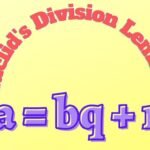






























































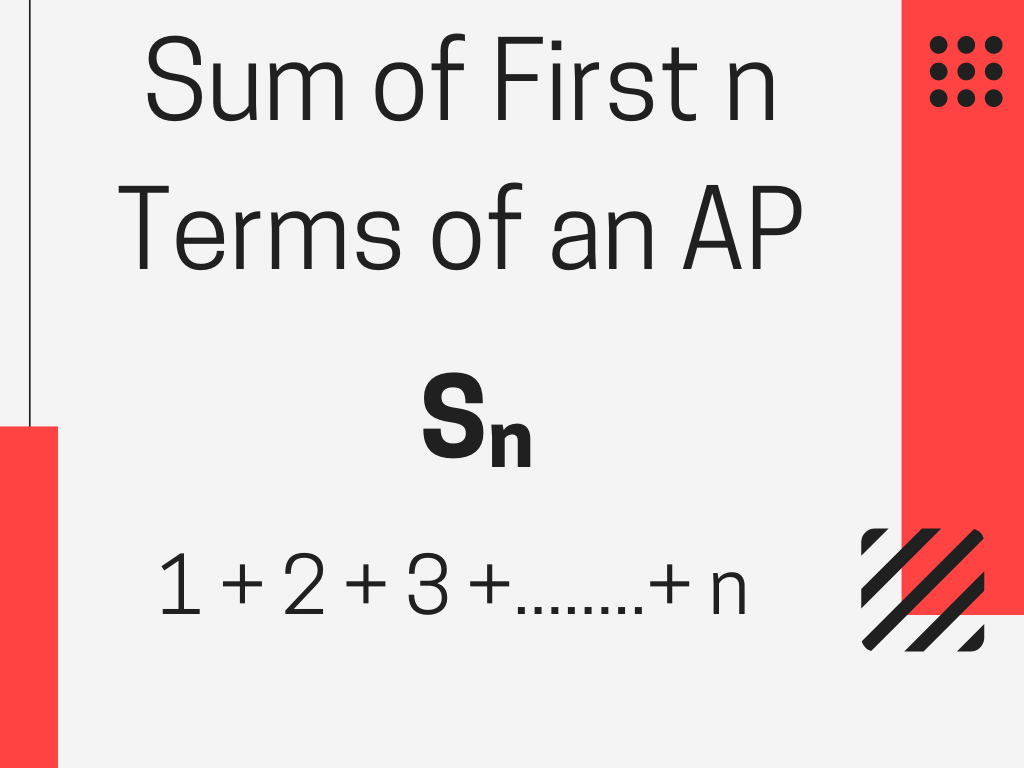

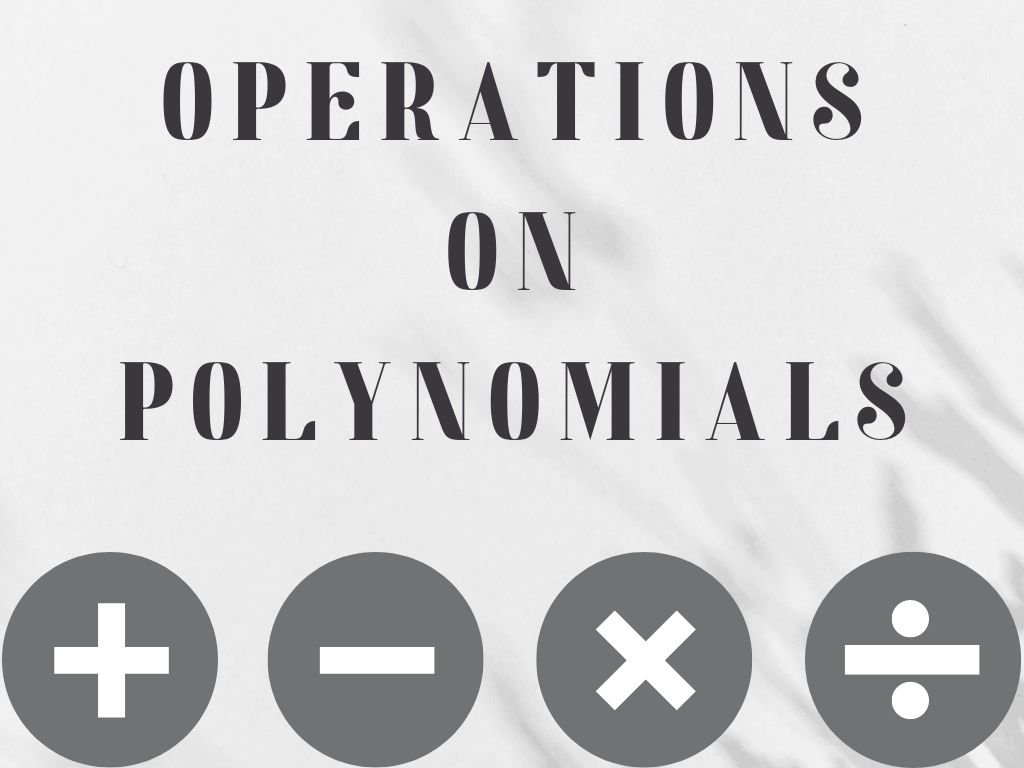



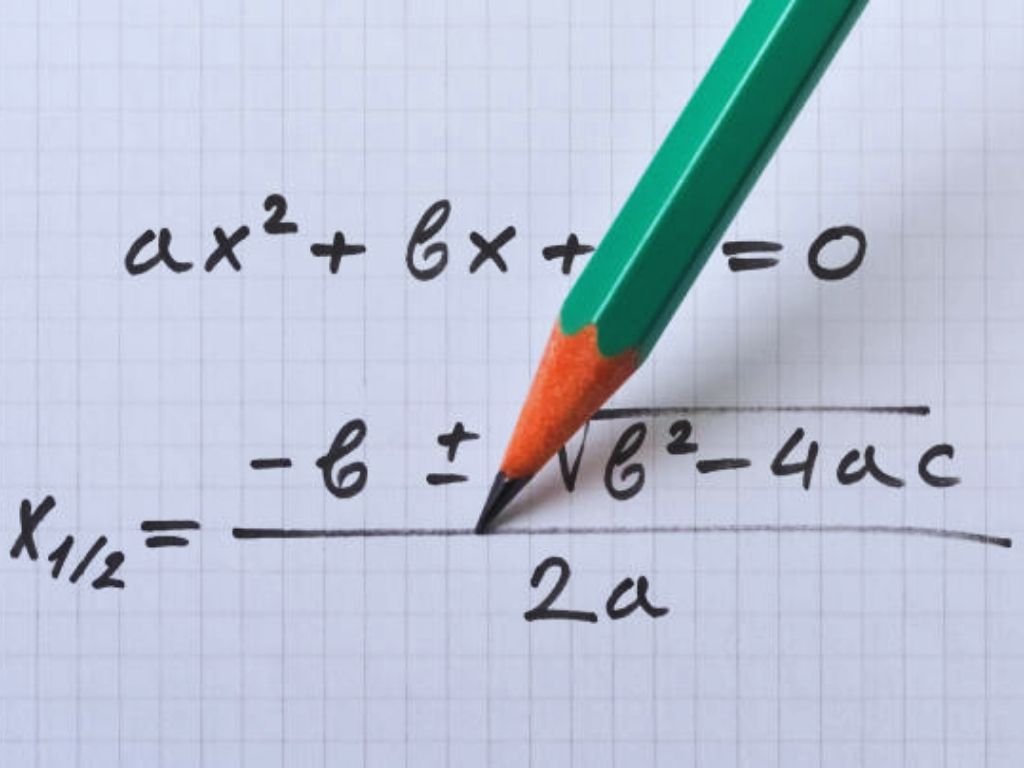


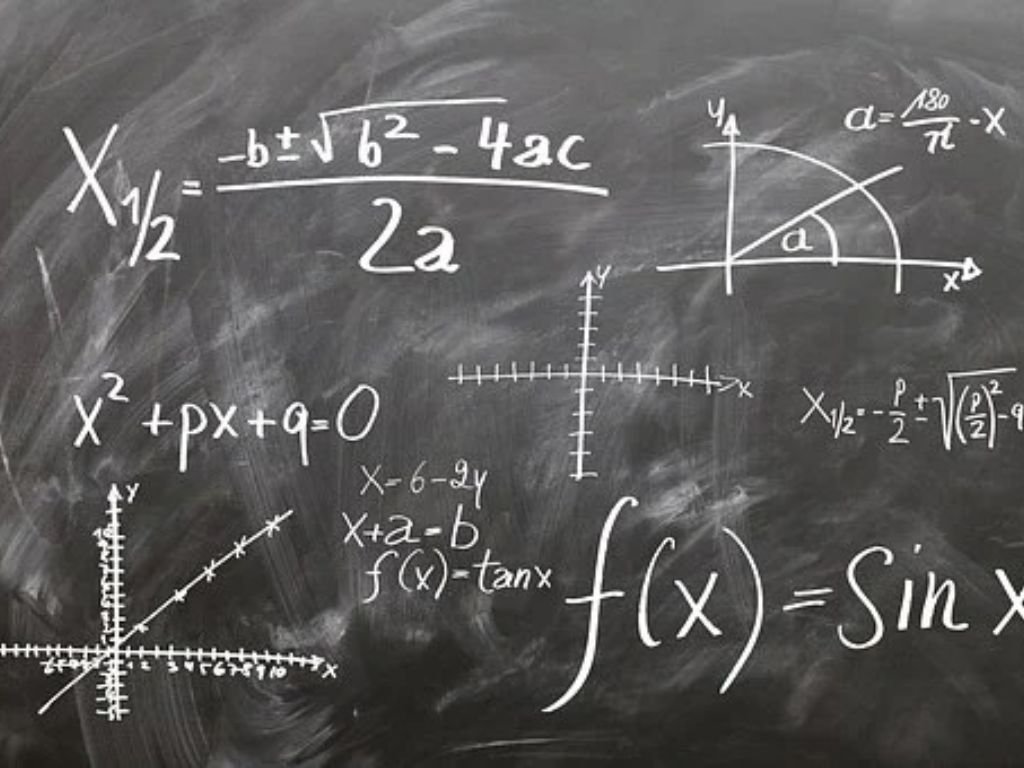

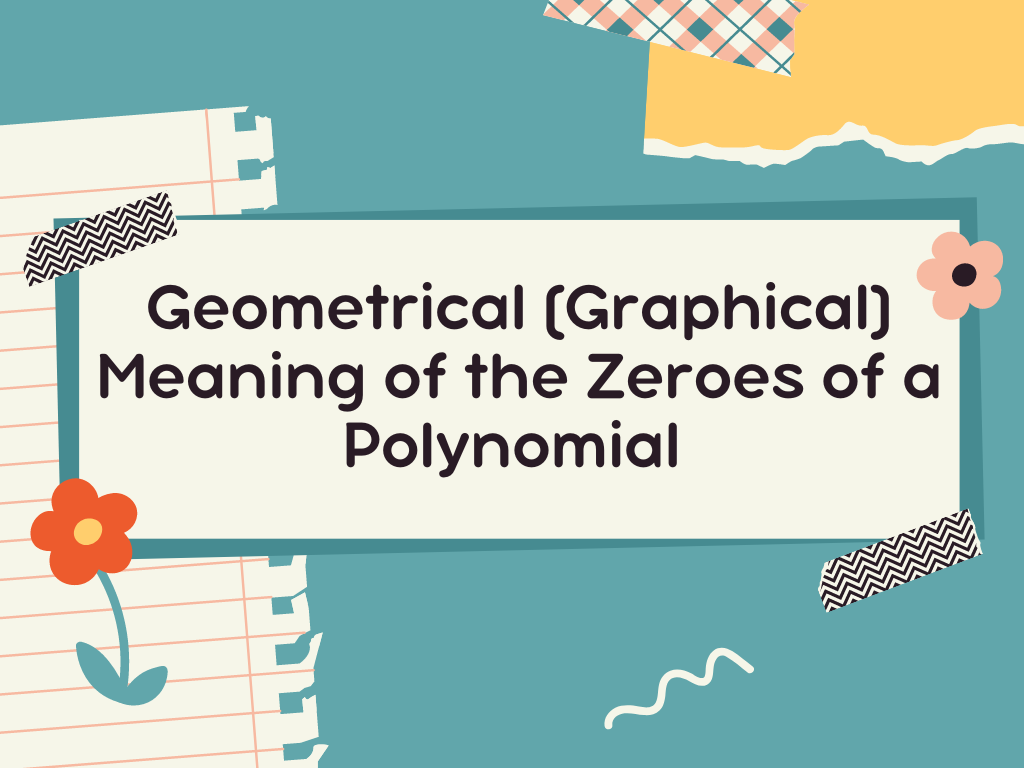

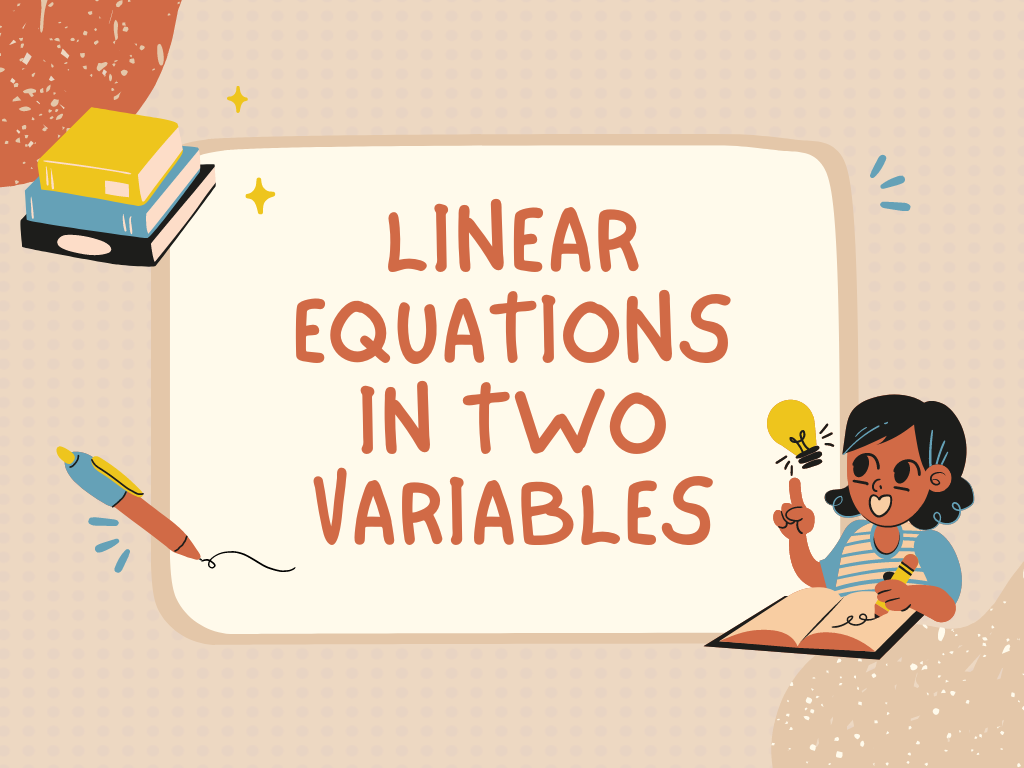

It’s an remarkable post designed for all the internet users; they will take benefit from it I am sure.